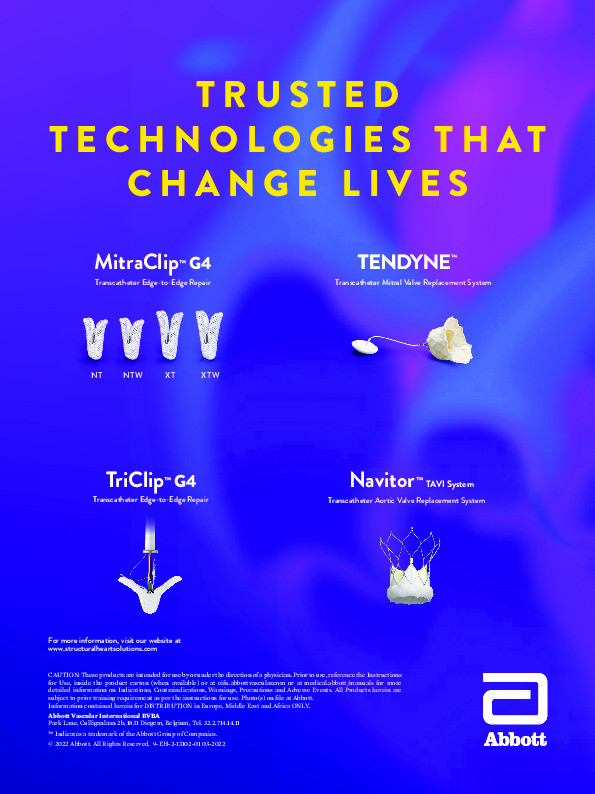It is well known that it is possible to fool some of the people all the time, but not all the people all the time. Seemingly unintentionally, Praz and colleagues still subscribe to the first part of the aphorism when describing the components of the heart as they reside in the body1. We commend Praz and colleagues for their excellent recommendations for the evaluation of patients with tricuspid regurgitation who may be candidates for transcatheter interventions. We would suggest, however, that the fundamental building blocks that lead to such an assessment require that the interventionalist and echocardiographer interpret and communicate their multimodality imaging to account for the heart, based on its location within the patient. Has not the time arrived, in the era of three-dimensional imaging, to recognise that the heart should be described as it is found during life, rather than positioned on its apex in the autopsy room?2 The most cursory glance at the datasets now produced using computed tomography, or magnetic resonance imaging, shows that one of the leaflets of the tricuspid valve is tethered along the diaphragmatic surface of the right atrioventricular junction. And this part of the heart is inferiorly, rather than posteriorly, located. This feature is highlighted in the recently published guidelines for the performance of transoesophageal echocardiographic screening for structural heart intervention by the American Society of Echocardiography. They emphasise the role of the deep oesophageal and transgastric views for profiling the tricuspid valve, which require the transoesophageal probe to be positioned inferior to the diaphragmatic surface of the heart3. They too, however, are at fault for describing the leaflets of the tricuspid valve in Valentine orientation. Assessment in attitudinal fashion shows the leaflets of the tricuspid valve to be positioned antero-superiorly, septally, and inferiorly. Praz and colleagues refer to the variations in description of the normal valve offered by anatomists, although it seems that they ignored our own account, in which we stressed the significance of the attitudinally appropriate approach to description4.
Their experience is highly significant in assessing this variation in terms of either the separation or union of the various leaflets. We suggest that their categorisation would be easier to remember if presented using descriptive terms, rather than offered in alphanumeric fashion. Thus, their second category is the consequence of the fusion of the antero-superior and inferior leaflets. The three types constituting their third group are no more than the separation of one of the three individual leaflets so that, potentially, the valve functions as four individual leaflets. Their fourth pattern represents separation of both the inferior and antero-superior leaflets, thus producing a functionally pentaleaflet valve. Their proposed categorisation, nonetheless, makes perfect anatomical sense.
Conflict of interest statement
The authors have no conflicts of interest to declare.
Supplementary data
To read the full content of this article, please download the PDF.

